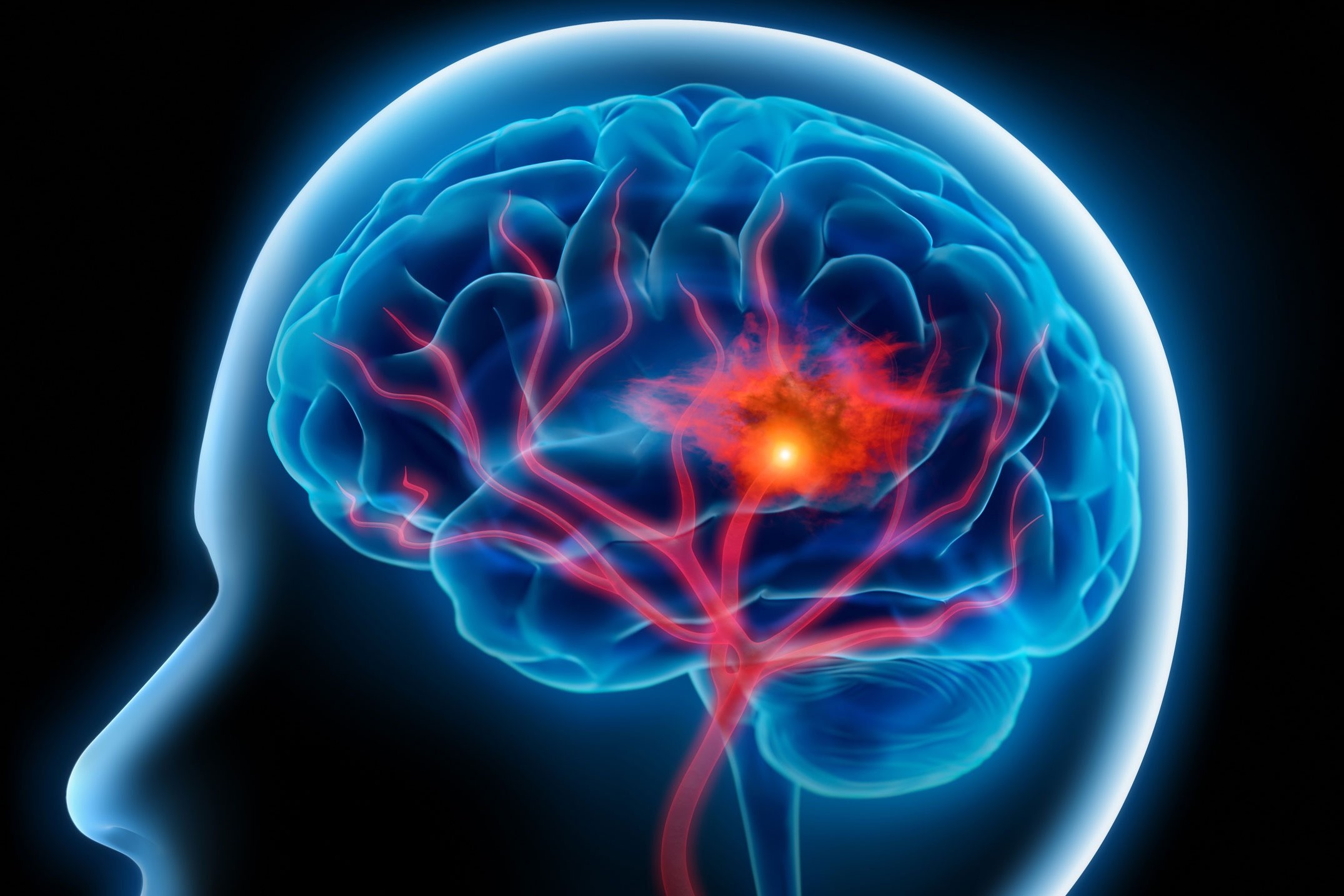
Lateral Pontine Syndrome is a rare neurological condition caused by damage to the pons, a part of the brainstem. This syndrome can lead to a variety of symptoms, including facial paralysis, hearing loss, and difficulty swallowing. Understanding this condition is crucial for both patients and caregivers. In this blog post, we will explore 30 facts about Lateral Pontine Syndrome to help you grasp its complexities. From its causes and symptoms to treatment options and prognosis, these facts will provide a comprehensive overview. Whether you're a medical student, a healthcare professional, or someone affected by this syndrome, this information will be invaluable.
Key Takeaways:
- Lateral Pontine Syndrome, also known as Marie-Foix Syndrome, is a rare neurological condition caused by stroke, trauma, tumors, infections, or multiple sclerosis. It affects various functions due to damage to the pons in the brainstem.
- Symptoms of Lateral Pontine Syndrome include facial weakness, hearing loss, vertigo, ataxia, nystagmus, dysarthria, dysphagia, Horner's Syndrome, and contralateral hemiparesis. Accurate diagnosis and early intervention are crucial for effective treatment.
What is Lateral Pontine Syndrome?
Lateral Pontine Syndrome, also known as Marie-Foix Syndrome, is a rare neurological condition. It results from a stroke or other damage to the pons, a part of the brainstem. This syndrome affects various functions due to the pons' role in relaying messages between different parts of the brain.
Causes of Lateral Pontine Syndrome
Understanding the causes can help in early detection and management. Here are some key factors:
- Stroke: The most common cause is a stroke, which interrupts blood flow to the pons.
- Trauma: Head injuries can damage the pons, leading to this syndrome.
- Tumors: Growths in the brainstem can exert pressure on the pons.
- Infections: Severe infections like meningitis can affect the brainstem.
- Multiple Sclerosis: This autoimmune disease can damage the pons.
Symptoms of Lateral Pontine Syndrome
Symptoms vary depending on the extent and location of the damage. Here are some common ones:
- Facial Weakness: One side of the face may droop or feel weak.
- Hearing Loss: Damage to the auditory pathways can cause hearing issues.
- Vertigo: Patients often experience dizziness or a spinning sensation.
- Ataxia: Coordination problems, especially in the limbs, are common.
- Nystagmus: Involuntary eye movements can occur.
- Dysarthria: Speech difficulties due to muscle weakness.
- Dysphagia: Trouble swallowing, which can lead to choking or aspiration.
- Horner's Syndrome: Drooping eyelid, constricted pupil, and lack of sweating on one side of the face.
- Contralateral Hemiparesis: Weakness on the opposite side of the body from the lesion.
Diagnosis of Lateral Pontine Syndrome
Accurate diagnosis is crucial for effective treatment. Here are some diagnostic methods:
- MRI: Magnetic Resonance Imaging provides detailed images of the brainstem.
- CT Scan: Useful for detecting bleeding or tumors.
- Neurological Exam: Assessing reflexes, muscle strength, and coordination.
- Hearing Tests: To evaluate auditory function.
- Blood Tests: Checking for infections or autoimmune markers.
Treatment Options for Lateral Pontine Syndrome
Treatment focuses on managing symptoms and underlying causes. Here are some approaches:
- Medications: Blood thinners, steroids, or antibiotics depending on the cause.
- Physical Therapy: Helps improve coordination and strength.
- Speech Therapy: Assists with speech and swallowing difficulties.
- Occupational Therapy: Aids in daily activities and independence.
- Surgery: In cases of tumors or severe trauma, surgical intervention may be needed.
Prognosis and Recovery
Recovery varies widely among patients. Here are some factors that influence prognosis:
- Age: Younger patients tend to recover better.
- Severity of Damage: Extent of the initial injury plays a significant role.
- Timeliness of Treatment: Early intervention improves outcomes.
- Rehabilitation: Consistent therapy can enhance recovery.
- Underlying Health: Overall health and presence of other conditions matter.
Living with Lateral Pontine Syndrome
Living with this condition requires adjustments and support. Here are some tips:
- Support Groups: Connecting with others can provide emotional support and practical advice.
Key Takeaways on Lateral Pontine Syndrome
Lateral Pontine Syndrome, also known as Marie-Foix Syndrome, affects the pons area of the brainstem. This condition can lead to symptoms like dysphagia, ataxia, and facial paralysis. Understanding these symptoms helps in early diagnosis and treatment, which can significantly improve quality of life.
Treatment often involves physical therapy, speech therapy, and sometimes medication to manage symptoms. Early intervention is crucial for better outcomes. Patients and caregivers should stay informed about the latest research and treatment options.
Awareness and education about Lateral Pontine Syndrome can make a big difference. Sharing knowledge helps in reducing stigma and improving support systems for those affected. Always consult healthcare professionals for personalized advice and treatment plans.
Frequently Asked Questions
Was this page helpful?
Our commitment to delivering trustworthy and engaging content is at the heart of what we do. Each fact on our site is contributed by real users like you, bringing a wealth of diverse insights and information. To ensure the highest standards of accuracy and reliability, our dedicated editors meticulously review each submission. This process guarantees that the facts we share are not only fascinating but also credible. Trust in our commitment to quality and authenticity as you explore and learn with us.


